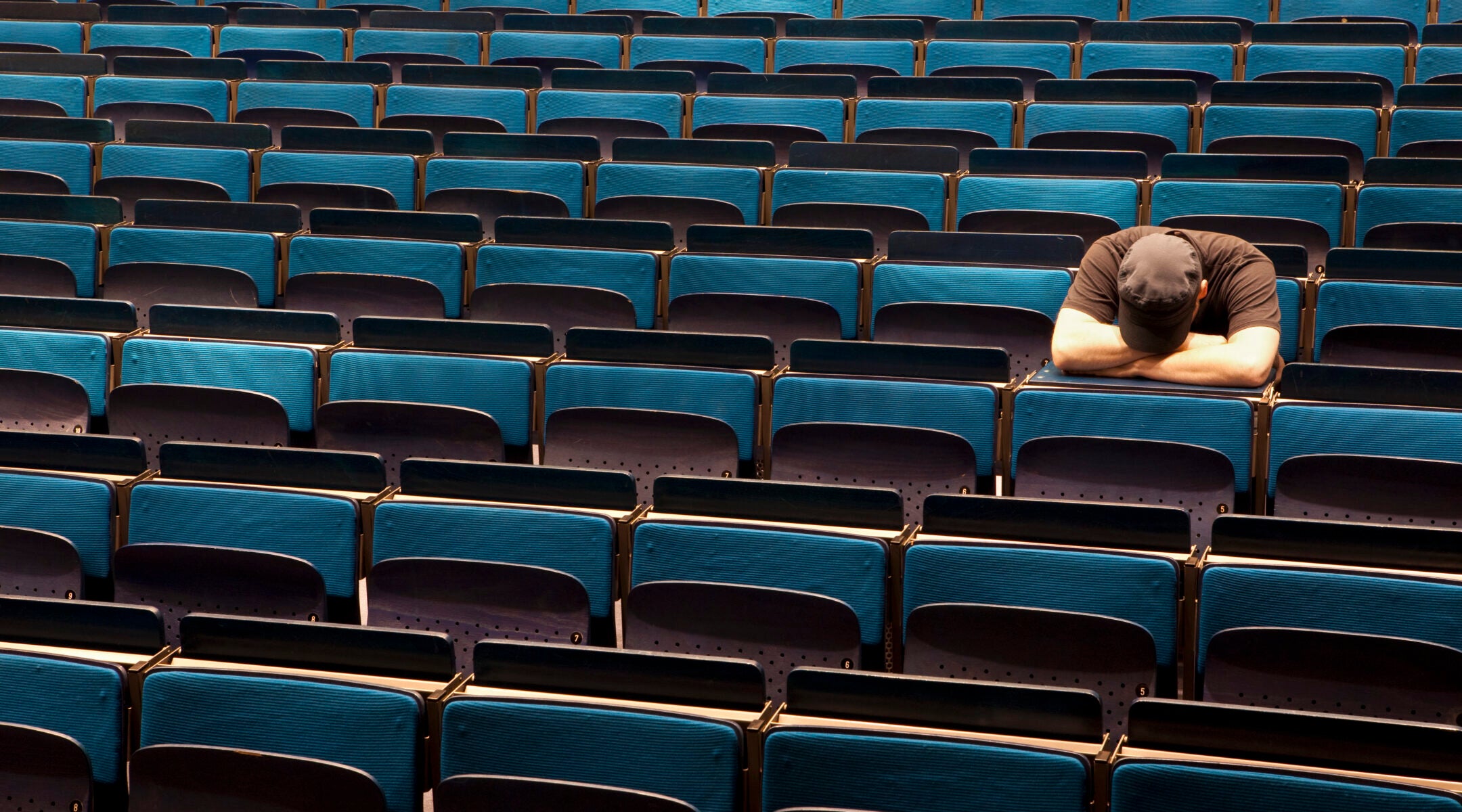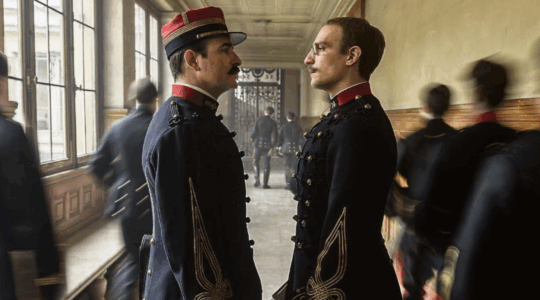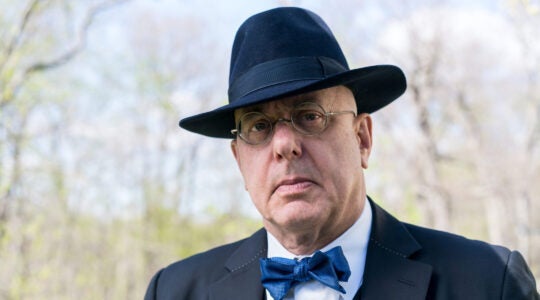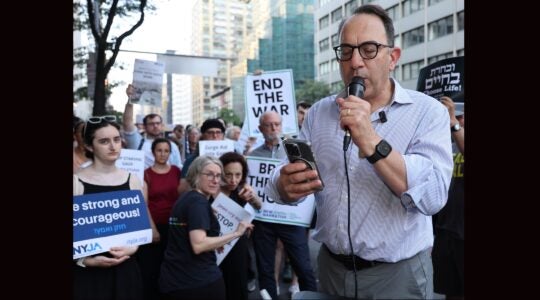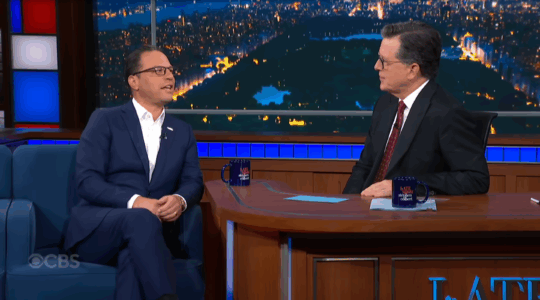Another week goes by, and with it, the feeling that terrible things are happening and that there’s nothing we can do to change them.
That’s how I feel as an Israeli living in New York, and I know many people around me, both here and at home, feel the same. The horrifying videos of Israeli hostages Evyatar David and Rom Braslavski, along with the other hostages still held by Hamas in inhumane conditions, leave me with a deep sense of helplessness. And alongside this horror, there is another one that cannot be ignored: the humanitarian catastrophe unfolding in Gaza, the reports of starvation and civilian casualties. I fully recognize Hamas’s responsibility for this reality but I also believe that the current Israeli policy in Gaza, led by Netanyahu and his shameless ministers whom I strongly oppose, is steering the country I grew up in toward very dark places, harming the Israeli hostages, innocent Palestinians, and anyone who is trying to secure a more just and hopeful future for the region.
I know that not all of my readers agree with me politically and that some may even be frustrated or angry as they read these lines, but here is the thing: You do not have to agree with me to recognize this feeling. The feeling that you try to change something in the world, you go to protests, you vote, you donate to organizations, you sign petitions and post on social media, and still there is the crushing sense that none of it makes any difference to what is actually happening in the world.
As a doctoral student in cognitive neuroscience exploring how the brain works, I would like to offer a different perspective on our current condition. I know that psychology and neuroscience have devoted considerable attention to our state of mind, which even has a name: learned helplessness. And I know that in recent years, research has also begun to ask how we can resist this pull and keep acting, even when the world feels unmovable. I believe this knowledge can help the people in the Jewish community and beyond, at a time of potentially unprecedented fracture and pain.
Scientists first discovered learned helplessness in experiments with animals in the 1960s. In these studies, dogs or rats were exposed to unpleasant shocks that they could not stop, no matter what they tried. After many attempts, the animals stopped trying altogether and simply endured the shocks. Later, when they were moved to a new situation where the solution was simple, for example, they could easily escape by jumping over a low barrier, most of them did not even try. It was as if they had learned that nothing they did mattered, and so they gave up even when a way out was possible. This surprising behavior showed researchers that repeated experiences of being unable to change a bad situation can create a deep sense of passivity that carries over into new situations.
In the brain, scientists found that this helpless behavior is linked to a stress-related circuit. When the animals faced situations they could not control, a part of the brain called the dorsal raphe nucleus released a lot of serotonin, which made them freeze and feel anxious. Normally another area, the prefrontal cortex, the part of the brain that helps with planning, decision-making, and calming emotional reactions, steps in to quiet this response, but when there is no control it cannot do so. After many such experiences, this pattern gets stuck, and even in a new situation the brain reacts as if nothing can be done.
In people, a similar process can unfold. A student who studies hard for exam after exam and keeps failing, or a patient who tries treatment after treatment without getting better, can start to feel that nothing will ever change. And today this feeling may be harder to escape than ever. With constant exposure to news and social media, we are confronted daily with images of crises, injustice and suffering that we often cannot influence. This constant stream can create the same sense that nothing we do matters, making helplessness feel harder to shake than ever before.
But even though our brains are wired to fall into feelings of helplessness, they are also wired with the ability to change. This means that even in moments when everything feels out of our control, there are things we can do to push back against that feeling.
Recent research has shifted from only describing learned helplessness to asking what we can do to handle it. It’s important for me to emphasize that these research insights are not a substitute for the deep social and political change that I think is so urgently needed. What I’m referring to here is something much more limited: how we can cope, on a personal level, with the overwhelming feeling of helplessness that can suddenly take hold of us. And just as importantly, these insights are not a replacement for seeking professional help. If you’re struggling, please consider reaching out to a mental health professional. I started therapy myself after Oct. 7, and it has given me meaningful tools to navigate this incredibly difficult time.
A 2023 study titled “From Helplessness to Controllability: Toward a Neuroscience of Resilience” explores how the brain can be trained to resist this state and offers two practical insights. Researchers studying resilience emphasize that the key to protecting ourselves from learned helplessness is not simply avoiding situations where we lack control, but actively building experiences of control. Even very small steps matter. Choosing a concrete and achievable goal, doing something that has a visible effect, or helping someone close to us can all reactivate these brain circuits. Such actions may not change the world, but they slowly remind the brain that what we do can make a difference.
It turns out that the brain reacts very differently when we have even a small sense of influence over what happens. For example, volunteering with elderly people or adopting a rescued animal are small actions that remind us that what we do can make the world a little better. Experiences of control act like a “vaccine” for the brain. When a person faces a situation where their actions make a difference, circuits in the medial prefrontal cortex become engaged. This part of the brain, which is involved in planning and self‑regulation, quiets the stress signals coming from deeper regions like the dorsal raphe nucleus, and over time these circuits become stronger.
Another important insight is the difference between acting automatically and acting in a flexible, goal‑directed way. Habits can be useful, but when we are under stress, relying only on automatic responses tends to reinforce passivity. In contrast, pausing to think, analyzing a situation, trying a new strategy, and noticing the link between actions and outcomes strengthens the brain’s resilience. For example, instead of automatically walking past someone who looks lost or is struggling with heavy bags, you choose to stop for a moment, offer directions or lend a hand. This small choice turns an automatic habit into a conscious action and reminds you of your ability to choose and to make a difference. Turning habits into conscious, deliberate actions also engages brain areas involved in planning and self‑control, and over time this practice helps build resilience against the pull of helplessness.
I know that many of you may feel that these small actions are not enough, that they are far from changing the world, that they will do nothing to improve the dire situation in Israel and Gaza, and the truth is, you are right. The refusal to give in to learned helplessness will not change the world, and probably not even the immediate reality. But like the human brain, I believe reality too can change, for the better. And sometimes, simply knowing and insisting that change is possible, even if it comes through very small and slow steps, can itself be a meaningful act of resistance.
JTA has documented Jewish history in real-time for over a century. Keep our journalism strong by joining us in supporting independent, award-winning reporting.

